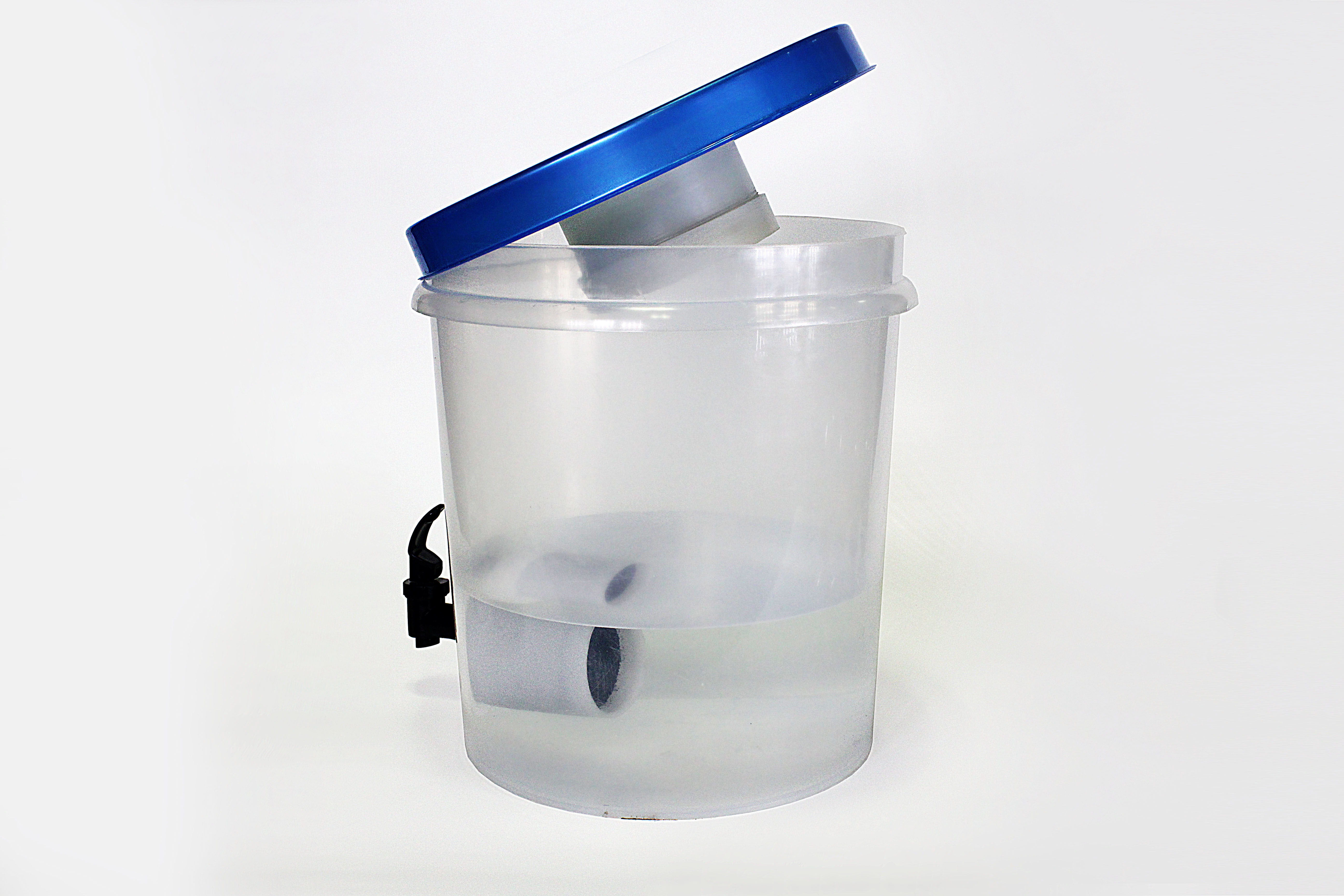Nanoparticle Tech Could Bring Clean Water to Rural Poor

A water purification system that uses nanotechnology to remove bacteria, viruses and other contaminants may be able to deliver clean drinking water to rural communities for less than $3 a year per family, according to a new study.
Researchers at the Indian Institute of Technology Madras in Chennai, India, developed a purification device that filters water through a specially crafted mixture of nanoparticles to remove harmful contaminants. Their study was published today (May 6) in the journal Proceedings of the National Academy of Sciences.
The device, which is currently being tested in communities in India, could offer an affordable way to provide small families with at least 10 liters (2.6 gallons) of safe drinking water per day, said study co-author Thalappil Pradeep, a professor in the department of chemistry at the Indian Institute of Technology Madras. [10 of the Most Polluted Places on Earth]
Silver ions to the rescue
To develop this system, scientists first had to figure out how to remove impurities from water retrieved from wells and other local sources.
"We had to look at several problems with water: One is microbes. Another is bacteria and viruses, and then chemicals, like arsenic, lead and pesticides," Pradeep told LiveScience.
The researchers designed a water filter composed of a grainy mix of nanoparticles — so-called composite nanomaterials — that release a continuous stream of silver ions to destroy microbes in the water.
Sign up for the Live Science daily newsletter now
Get the world’s most fascinating discoveries delivered straight to your inbox.
Silver ions, which flow from nanoparticles when oxidized (a conversion process in which an element or molecule becomes more positively charged), have long been known for their ability to effectively kill bacteria.
Other composite materials in the filter cartridge were added to remove arsenic, pesticides, lead and other heavy metals from the water.
"By combining several materials together, we can have an all-inclusive purifier," Pradeep said. "Everything goes through the filter, passes through these materials, and you finally get clean water."

Will it work?
The filtration process takes approximately an hour, and the researchers' current prototype containers can hold up to 10 liters of water.
"For a family of five in a rural Indian village, you probably need some water in the morning for cooking and some water for drinking," Pradeep explained. "We figure 9 to 10 liters is good enough for those purposes. Then, you can fill it up again, and you now have 20 liters for the day."
Eleven percent of the global population, or 783 million people, lack access to improved sources of drinking water, according to the World Health Organization and UNICEF Joint Monitoring Programme for Water Supply and Sanitation.
The water purifiers are currently being tested in communities in India, but Pradeep sees potential for them to be used in other rural locations around the world.
"We're implementing this already on a community scale, looking at regional water problems," Pradeep said. "But arsenic is a big problem in Africa and other places, and we are interacting with people about it."
Follow Denise Chow on Twitter @denisechow. Follow LiveScience @livescience, Facebook & Google+. Original article on Live Science.

Denise Chow was the assistant managing editor at Live Science before moving to NBC News as a science reporter, where she focuses on general science and climate change. Before joining the Live Science team in 2013, she spent two years as a staff writer for Space.com, writing about rocket launches and covering NASA's final three space shuttle missions. A Canadian transplant, Denise has a bachelor's degree from the University of Toronto, and a master's degree in journalism from New York University.









